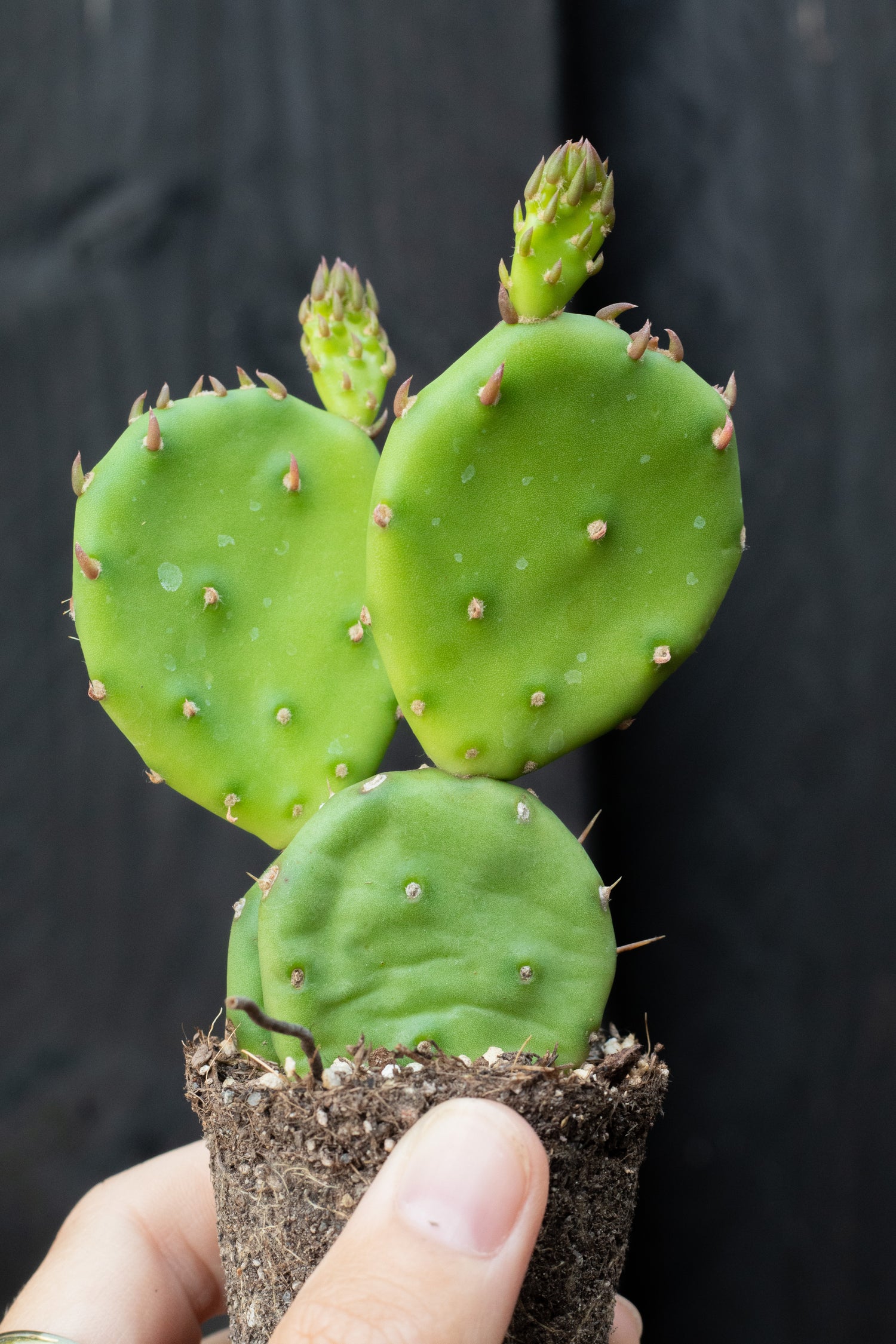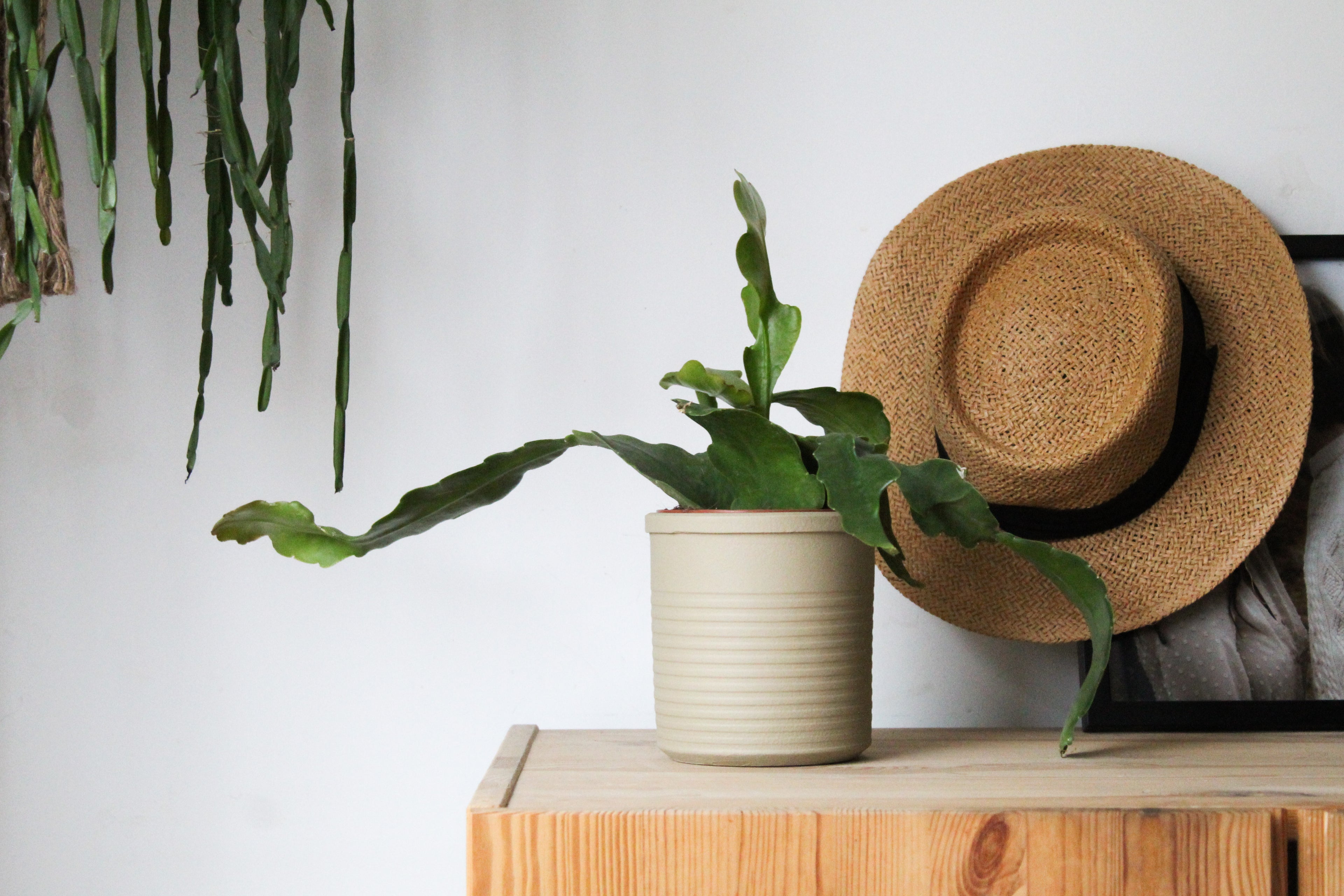Spider or purr
We often get the question whether my cactus is suffering from spider mites. Usually because of seeing a web on the plant. In this blog we will show you how to recognize spider mites, but also how to distinguish a spider mites web from the web of a regular spider. In addition, we will give you some tips on when they are active, which types of cacti and succulents are susceptible to spider mites and what you can do about it.
What is spider mite?
Spider mites are very small spider-like insects, often a maximum of 1 mm in size. They are really very small. But often with many at the same time. They can also reproduce quickly and are therefore able to attack a single plant in a few weeks. You often see many small damages/scars on the plant. This is due to the bite marks of spider mites. After a while, small dense webs of a few centimeters in size also become visible.
When are they active?
Our experience is that this spider mite is mainly active in spring and summer. In the autumn and winter months we see almost no infestations or spider mite activity in the plants. How come? Spider mites like dry and warm air. They really thrive here and is also one of their weaknesses to tackle them. More about this later. In autumn the humidity is often higher and the temperature drops. In winter you see that due to the drop in temperature the new eggs do not hatch. These then wait for better conditions in the spring. That is why it is important that you check your cacti and succulents extra for spider mites, especially in the spring.
Is it a spider or is it a spider mite?
We often get the question whether a plant is suffering from spider mites because a web is visible. In most cases it is a normal spider that is also active in spring and autumn and finds the shape of your cactus or succulent perfect to make a web in. A normal spider can do no harm to your plant.
We have listed the most important differences below for you so that you can easily recognize them yourself.
| SPINT | SPIDER |
| Max 1 mm in size | Often a few mm to cm in size |
| Web is a few cm in size | Often a large web |
| Sit with many on your plant | Often found alone in a web or plant |
| The web is fuzzy white to white-blue in color | Clear lines web visible |
| No insects hang in the web | Can other insects hang in the web? |
| Clear trace of bite scars on your plant | Does not leave scars on your plant |
| You see many small dots moving | Almost does not move |
How do I get spider mites?
That is a good question. Even if you have never had it, you can suddenly get it. The contact and source investigation of your spider mite infection is actually impossible. Spider mites like to hitch a ride on the wind and end up on your plants. But even when you have been near a plant with spider mites, they hitch a ride on your hands and your clothing.
What can I do preventively?
As mentioned before, spider mites like warm and dry air. What we do in the spring on warm days is mist the plants. You can do this with a brush on your garden hose or with a plant sprayer. Spider mites do not like this at all and they will quickly choose to leave. Spider mites overwinter and like to sit in old, nutrient-poor soil. By repotting your plants every few years or repotting after an infection, you help to get rid of the stragglers.
Also giving nutrients with trace elements during the growth period of your plants helps. This ensures that your soil does not become poor in nutrients and also helps to keep your plants healthy. Healthy plants are also more resistant to spider mites. Therefore, check your cactus and/or succulent that is not doing well or put it aside for a while.
What can I do about spider mites on my plants?
If you have a lot of plants together, I would first separate the plants with spider mites and keep a close eye on the plants that were around them. You can spray the plants with a mixture of water, methylated spirits and green soap. Ratio: 1L water, 20 ml methylated spirits and 20 ml green soap. Preferably do this at the end of the day. Then the eggs will hatch and you can immediately take the youngest ones with you and you will not get burn marks from the sun in the summer. NB: This is not suitable for succulents with a waxy layer such as some Echeveria, Pacheveria and Dudleya species. The green sea and alcohol in the water will damage their waxy layer.
Another alternative that works well and that we are a big supporter of is biological control by using the natural enemy. By using predatory mites against spider mites. This way you let them do the work and our experience is that they do this very effectively and fanatically. You can buy these online from various suppliers here.
Are there species that are extra sensitive to spider mites?
A plus is that cacti and succulents are generally less sensitive or less popular with spider mites than other houseplants. But you still see them sometimes. Some species that in our experience are popular with spider mites are: Orbea, Huernia, Rebutia and Euphorbia species. In addition, they will also choose plants that have lowered resistance or are weak compared to healthy strong plants.
We hope to give you some clear guidelines, so that when in doubt you can see whether you have spider mites on your plant or whether it was a normal spider. Do you have any questions about the general care of your plant? Or maybe how to deal with spring care? Then read our other blogs. And if you still have questions, please feel free to contact us.



